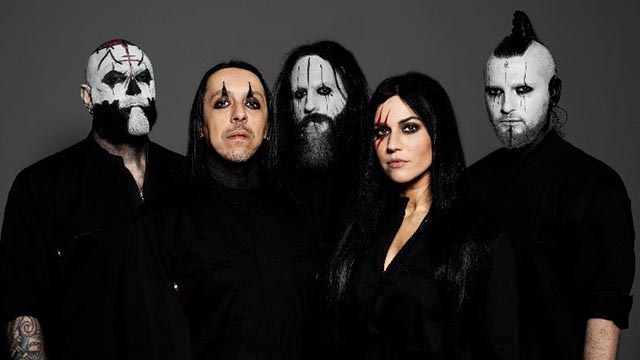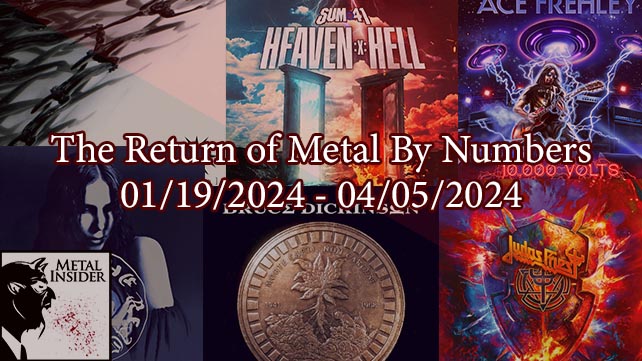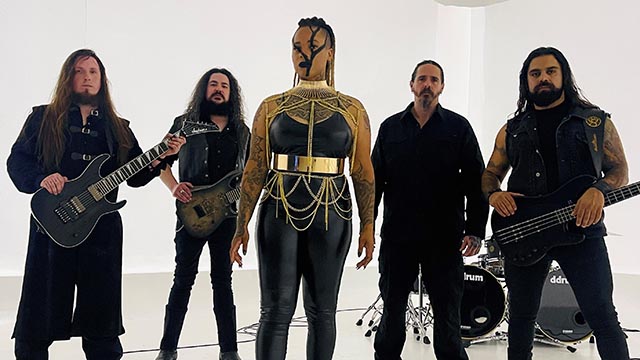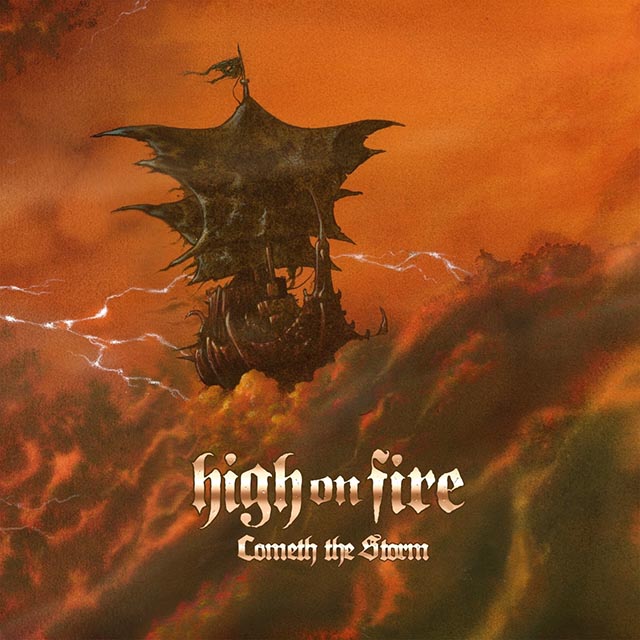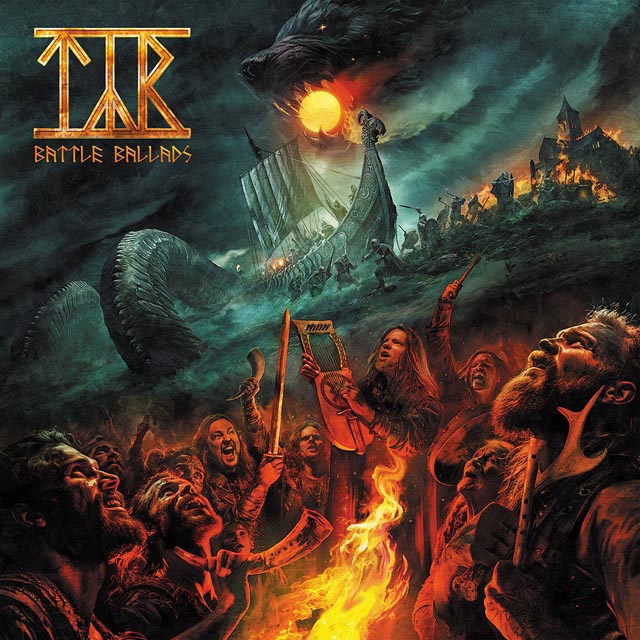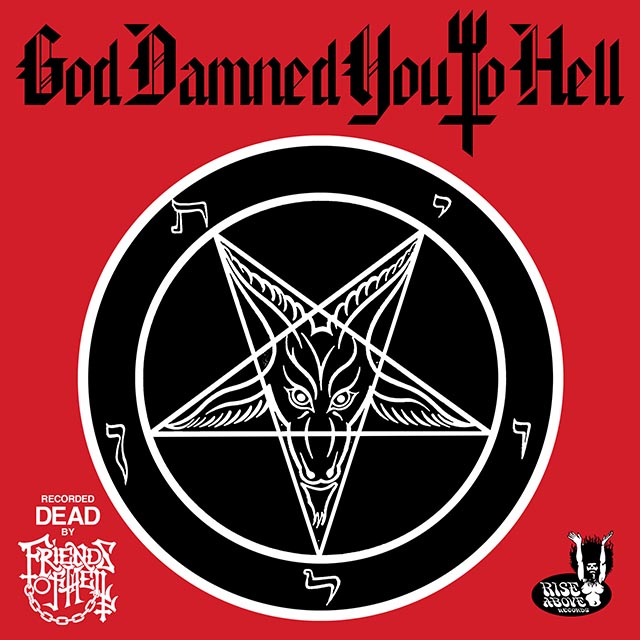 A panel of metal industry experts got together today on the New York University campus for the CMJ Music Marathon to discuss “The Struggle For Metal’s Soul,” attempting to decipher what metal explosions of the decade have meant for the genre. But the conference wasn’t just about those involved in creating, discovering and distributing the music. It was a lot about you.
A panel of metal industry experts got together today on the New York University campus for the CMJ Music Marathon to discuss “The Struggle For Metal’s Soul,” attempting to decipher what metal explosions of the decade have meant for the genre. But the conference wasn’t just about those involved in creating, discovering and distributing the music. It was a lot about you.
Panel members included:
- Jonas Nachsin – General Manager Worldwide for Spinefarm Records (Former Roadrunner Records president)
- Maria Ouelette – Long Branch Records/SPV
- Bram Teitelman – Metal Insider
- Paula Hogan – US president, Candlelight Records
- Jon Weiderhorn – Revolver Magazine, author of Louder Than Hell: The Definitive Oral History of Metal
Mediated by Weiderhorn, the panelists openly discussed everything from how fans absorb metal, artist interaction and how the genre is received in the subculture and mainstream. All came down to one thing. Fans and bands are still searching and hungry, but how they are fed is the changing battle.
One topic posed at the beginning of the panel was central to the hourlong discussion: who will the next arena headliner be, and will there even be one? Observations such as metal fans digesting their music one album at a time rather than one single at a time, and the fact that consumers of heavy music aren’t quite as devoted to buying music physically could be gleaned from the hour-long discussion. Nachsin spoke of the days when Slipknot played Ozzfest before they were truly discovered and also the unmasking of the band in general, along with the way they gradually were able to gain traction at rock radio. And say what you will about Avenged Sevenfold, Five Finger Death Punch and even Slipknot, Nachsin reiterated, the scene still needs stars. Oulette posed the question, is destroying the myth of metal hurtful or helpful?
Even when an audience member asked about the value of media covering Justin Bieber covering a Metallica song, the consensus was that it’s out there and if anything, there may be 15-year-olds turned on to the genre whose taste will eventually change from Bieber and will be looking for other music to identify with. Is it so bad that it may be Metallica? And the new reality of bands needing to tour and potentially adjust to less money than they were used to was demonstrated by Hogan, who used two bands her roster, Fear Factory and Corrosion of Conformity, as an example. Fear Factory still tours in a bus, whereas C.O.C. continue to tour in a van.
Nachsin commented on the state of mainstream radio, stating that alternative has stronghold over the radio airwaves, whereas active rock is stagnant, where even a band with three top ten active rock records might not be selling, since it’s only being played on one format. With vinyl and CD’s and elaborate packaging still ruling distribution and download codes still being less desirable, the industry notices. Metal fans are a group that the industry does care about because they want to get the music to you, but want to give it to you how you like it.

